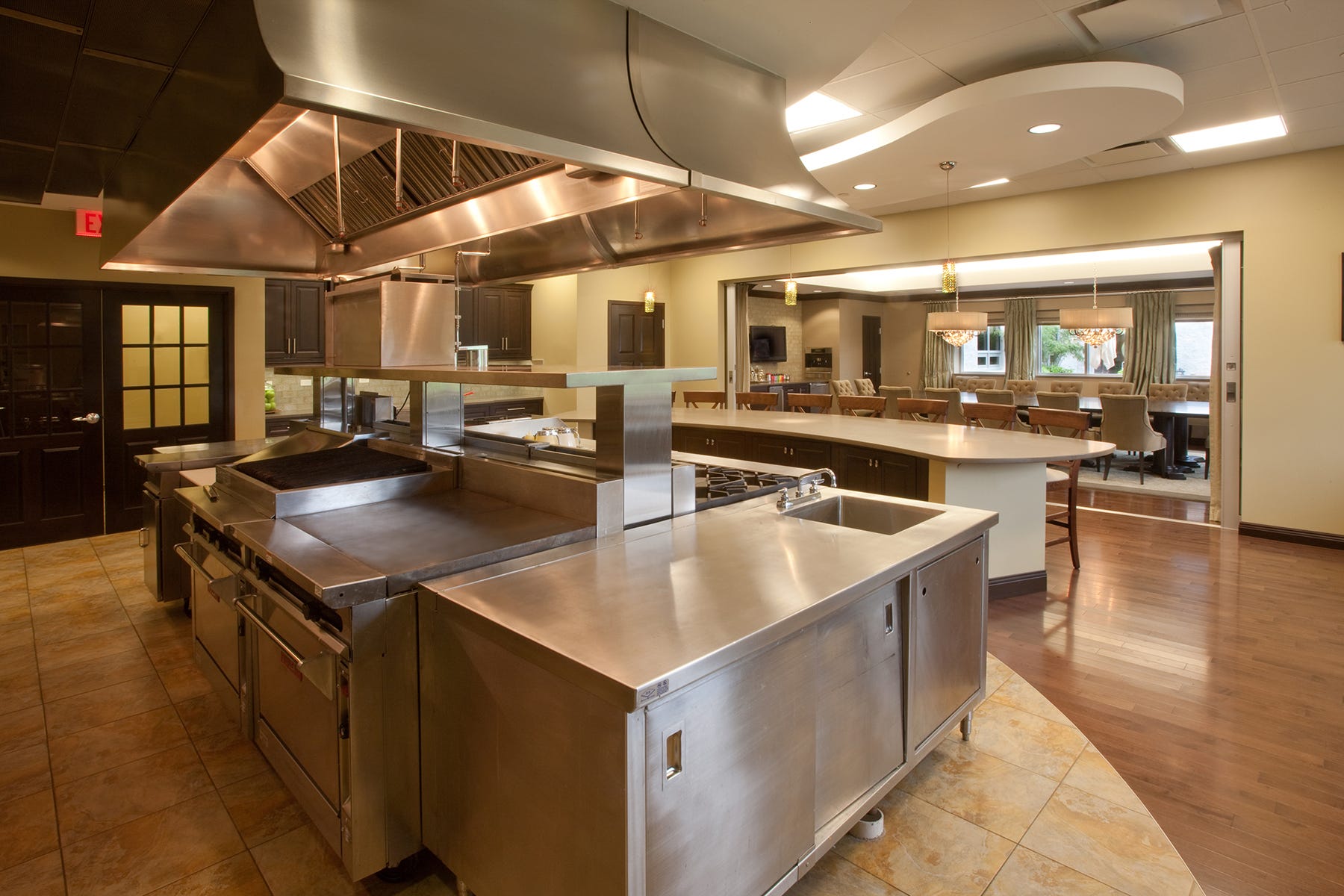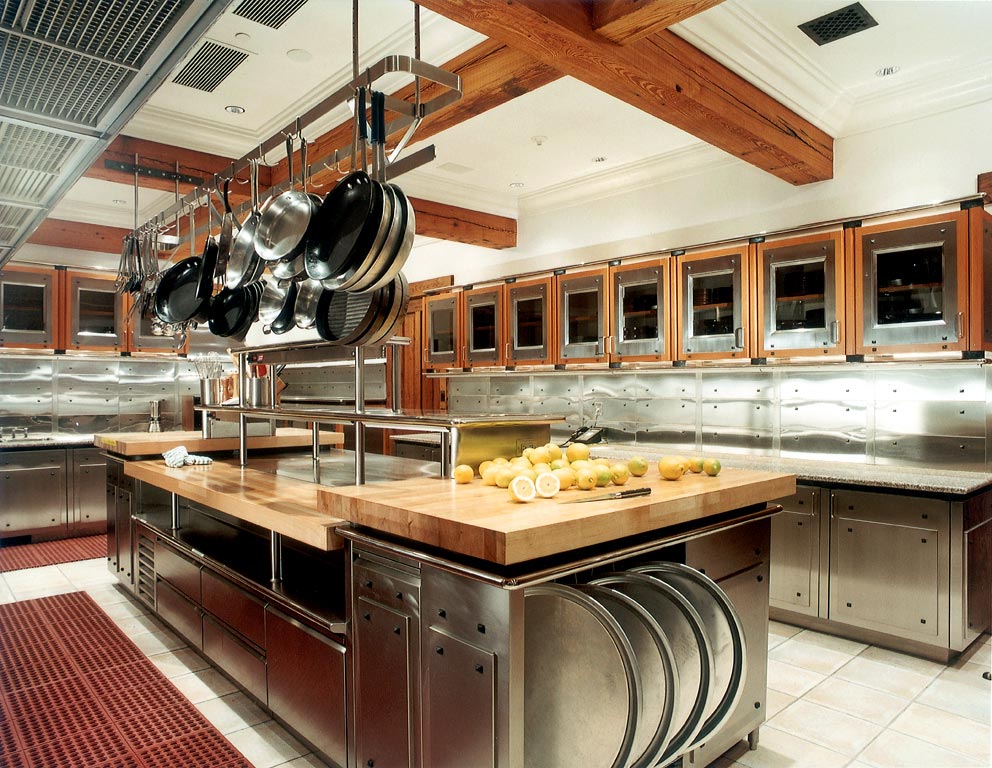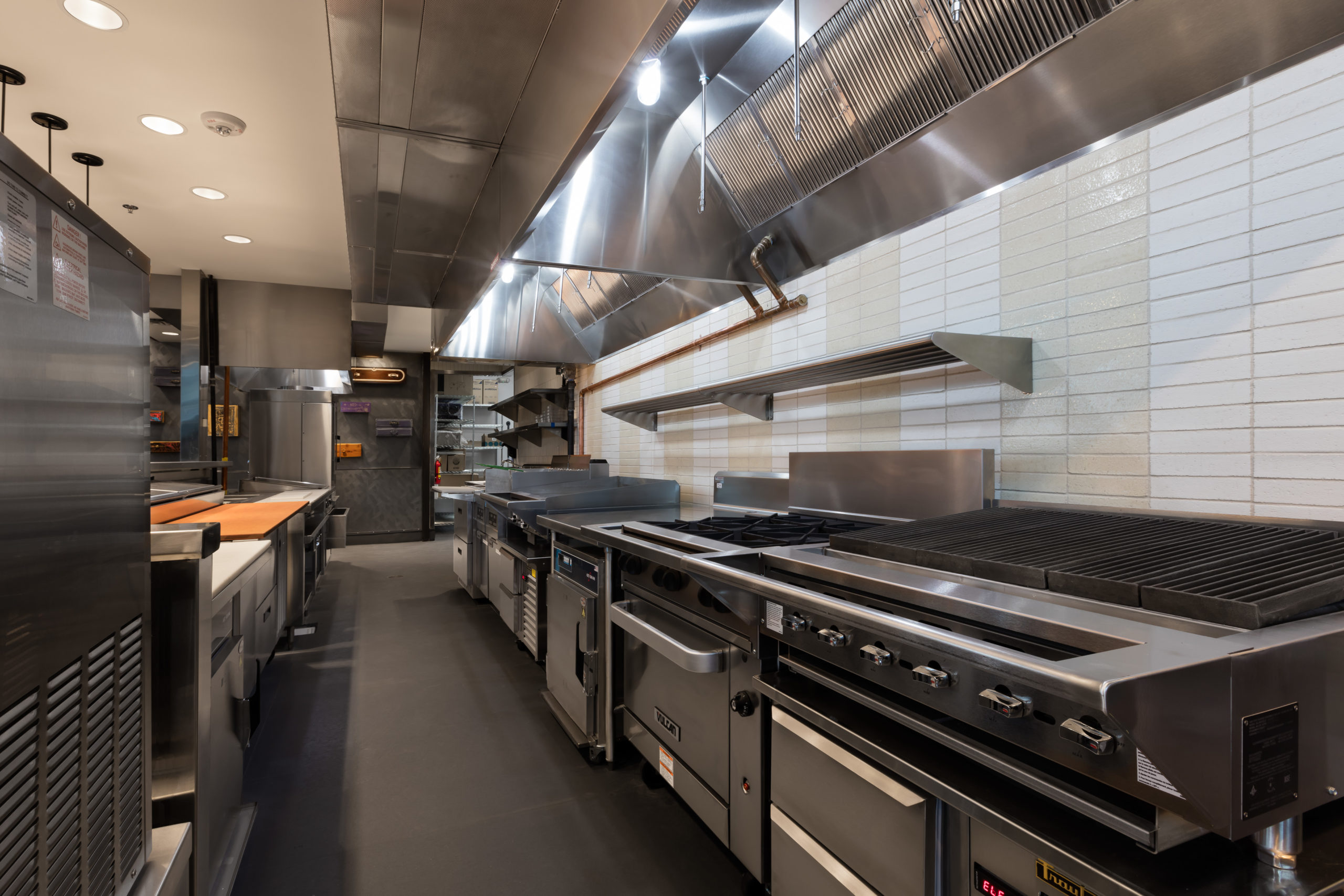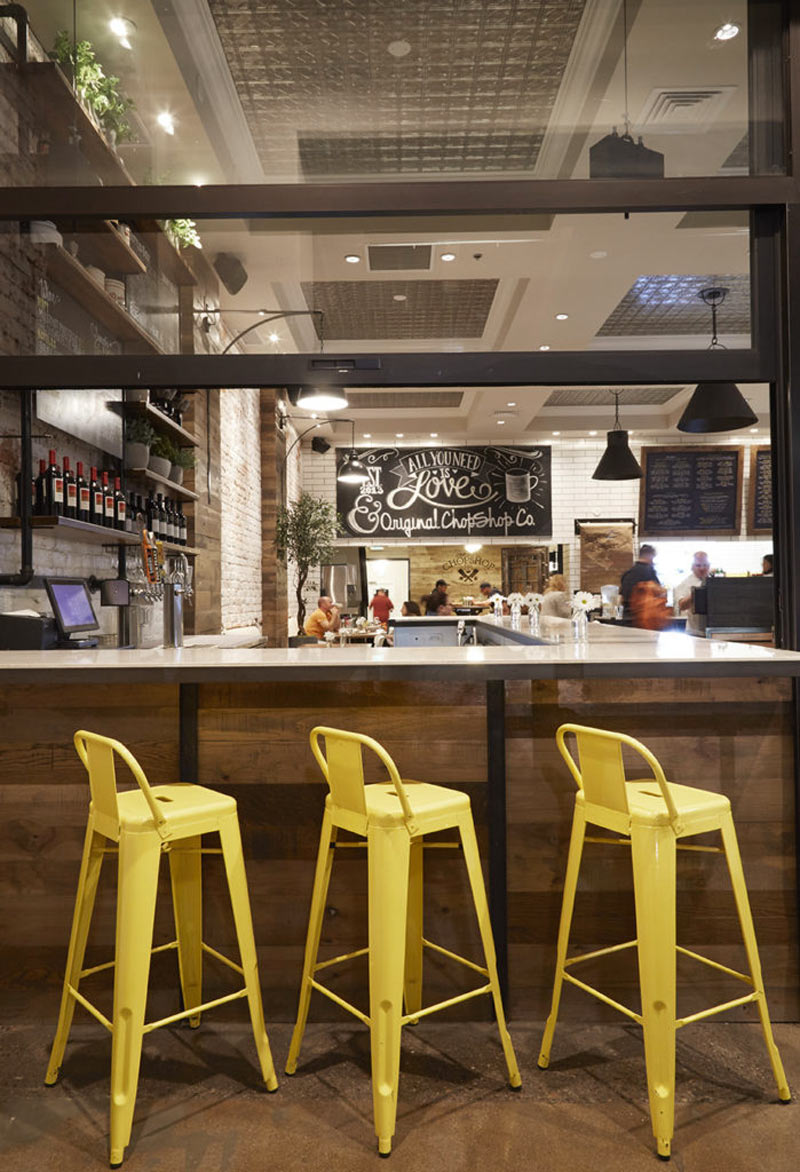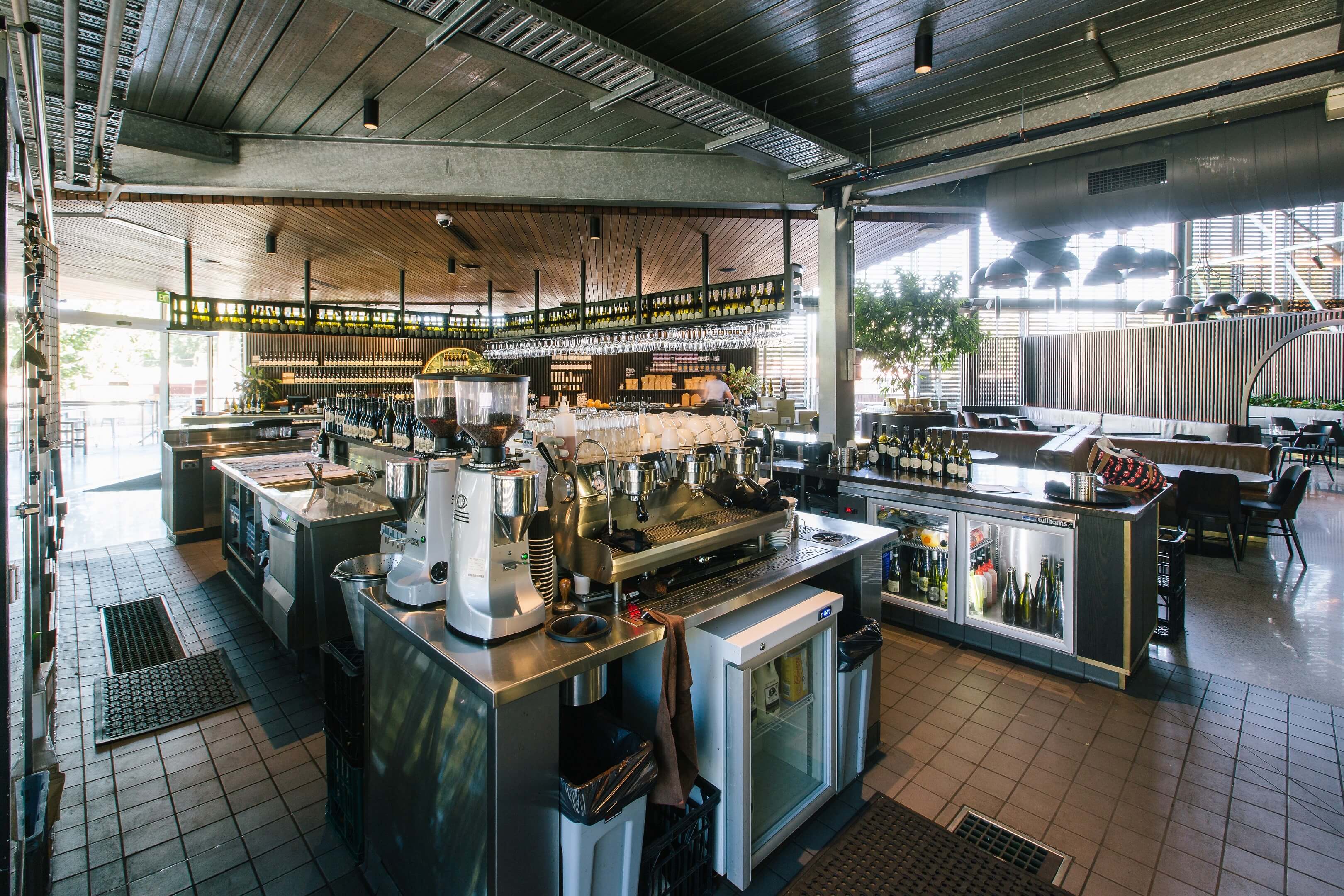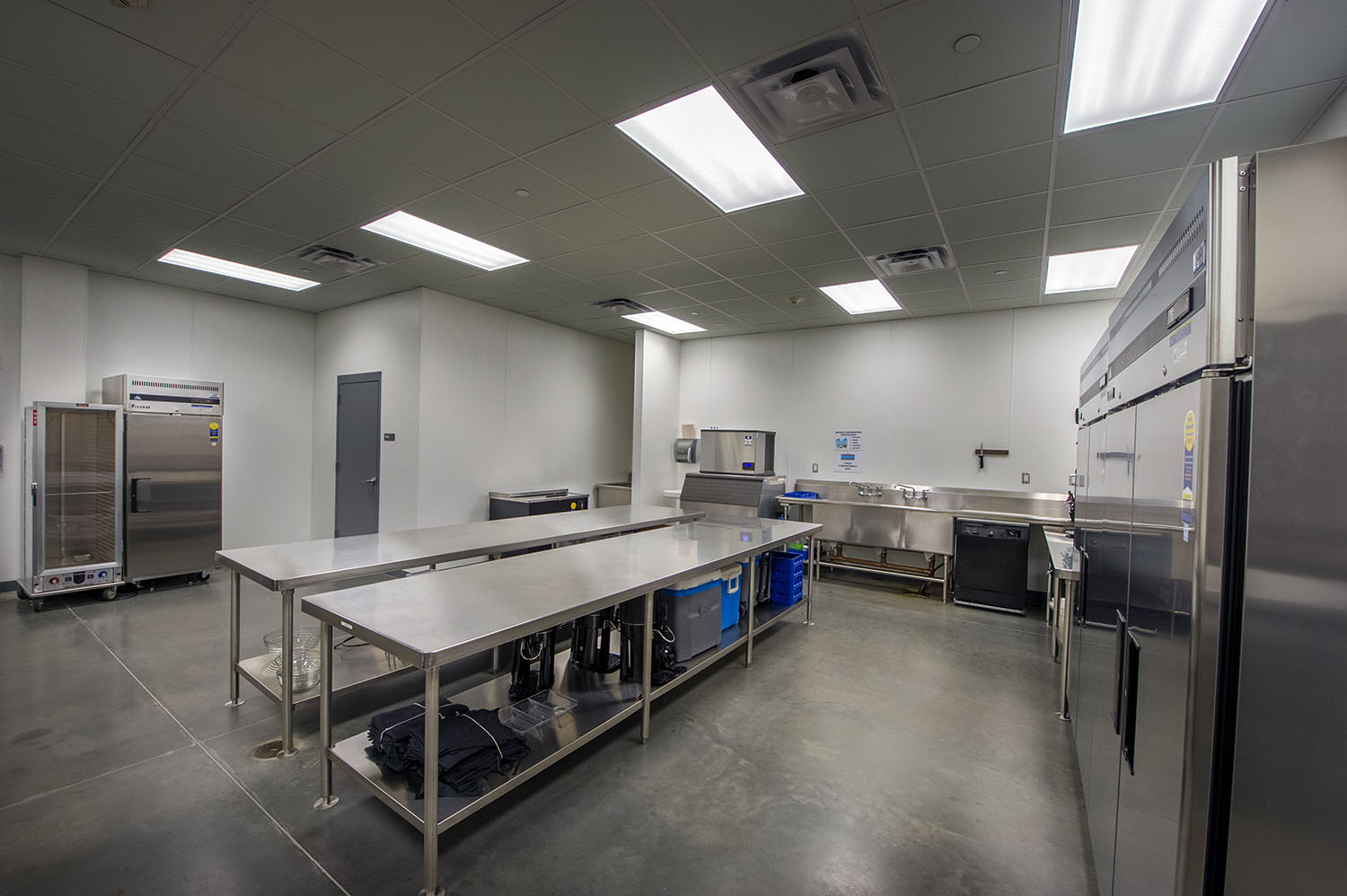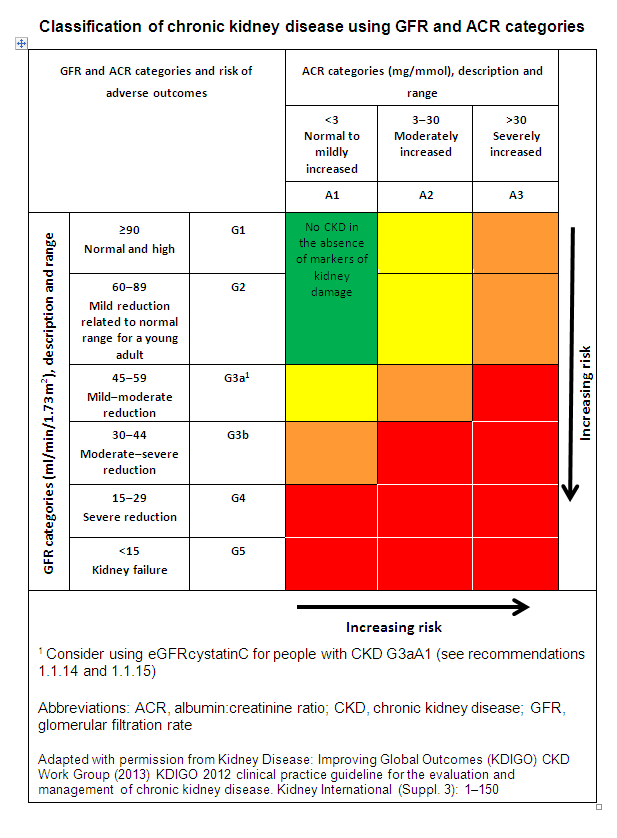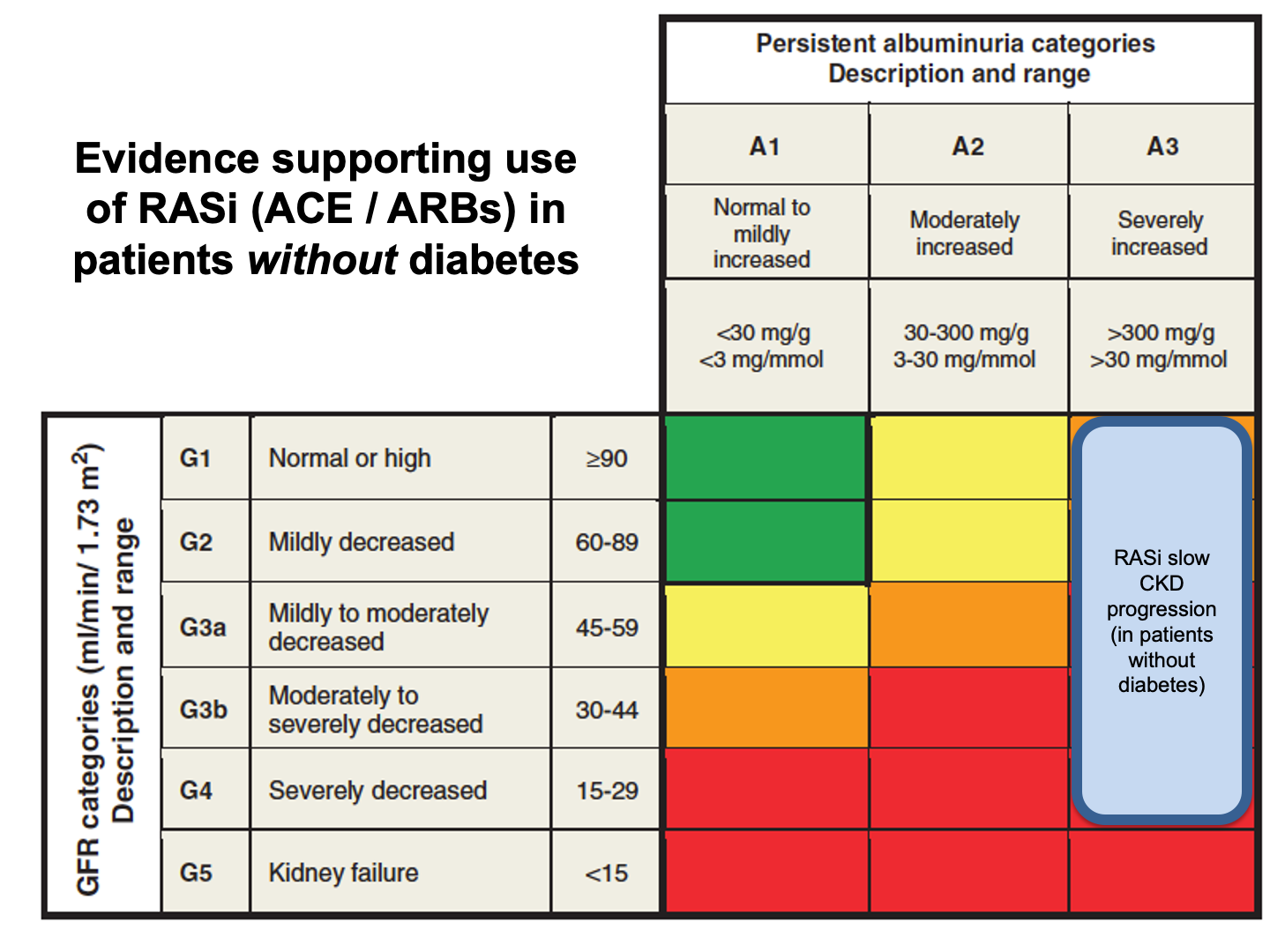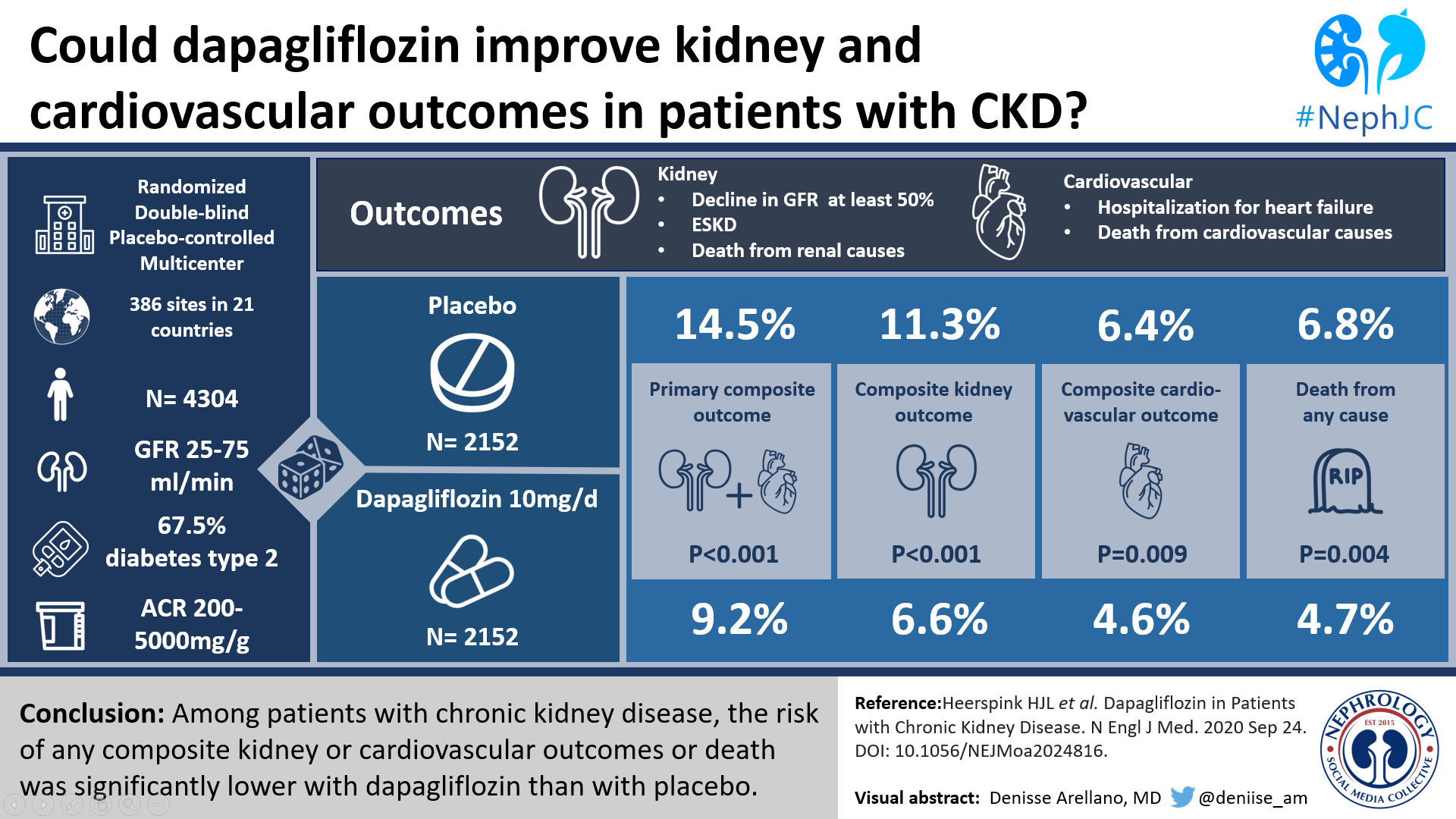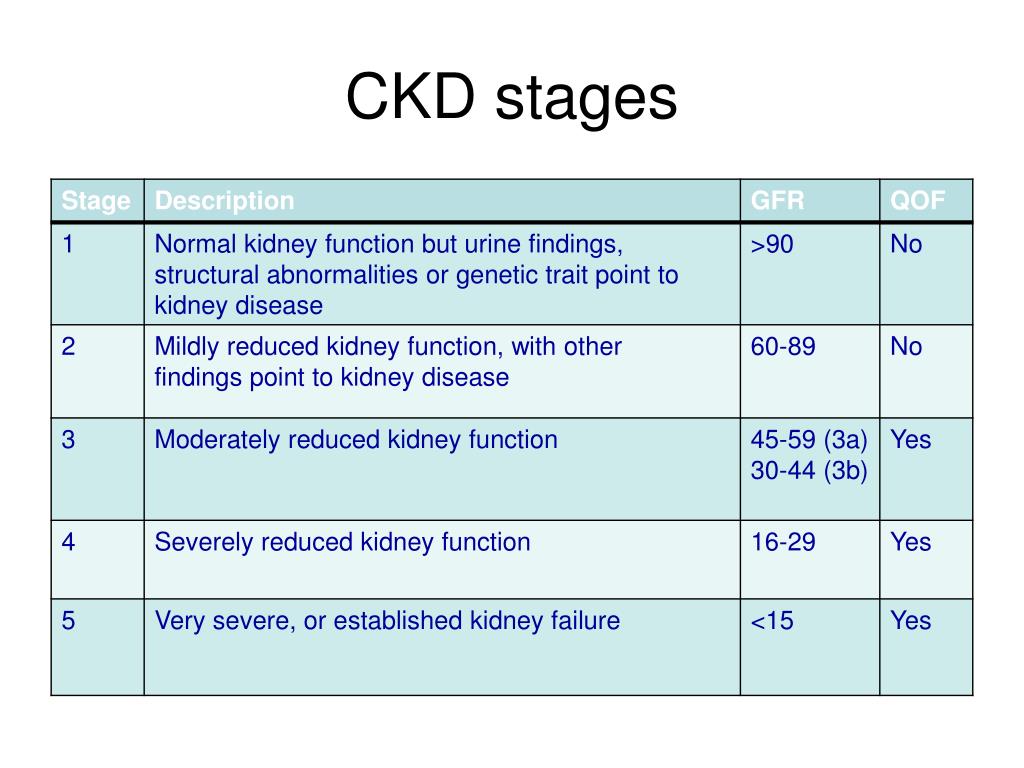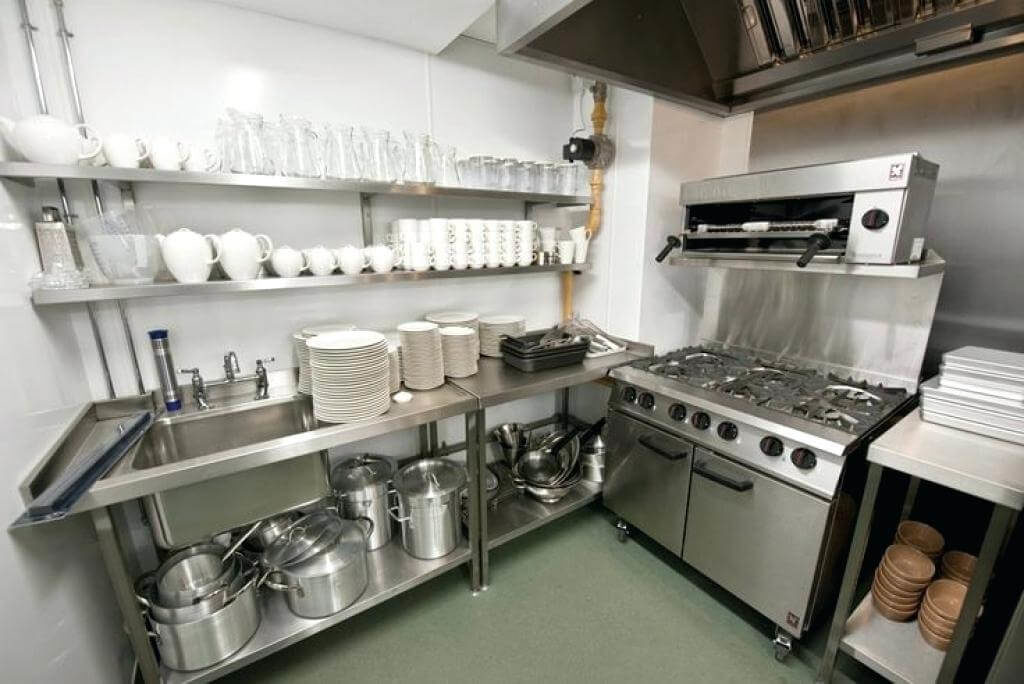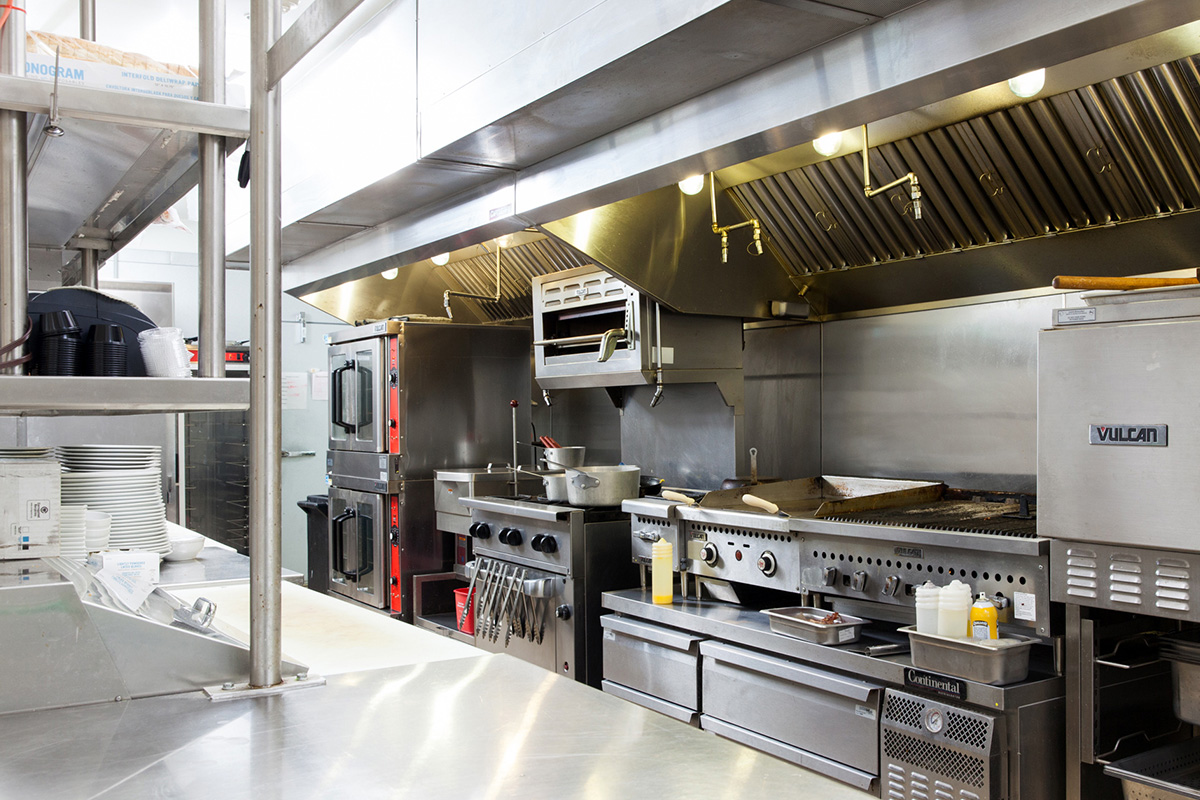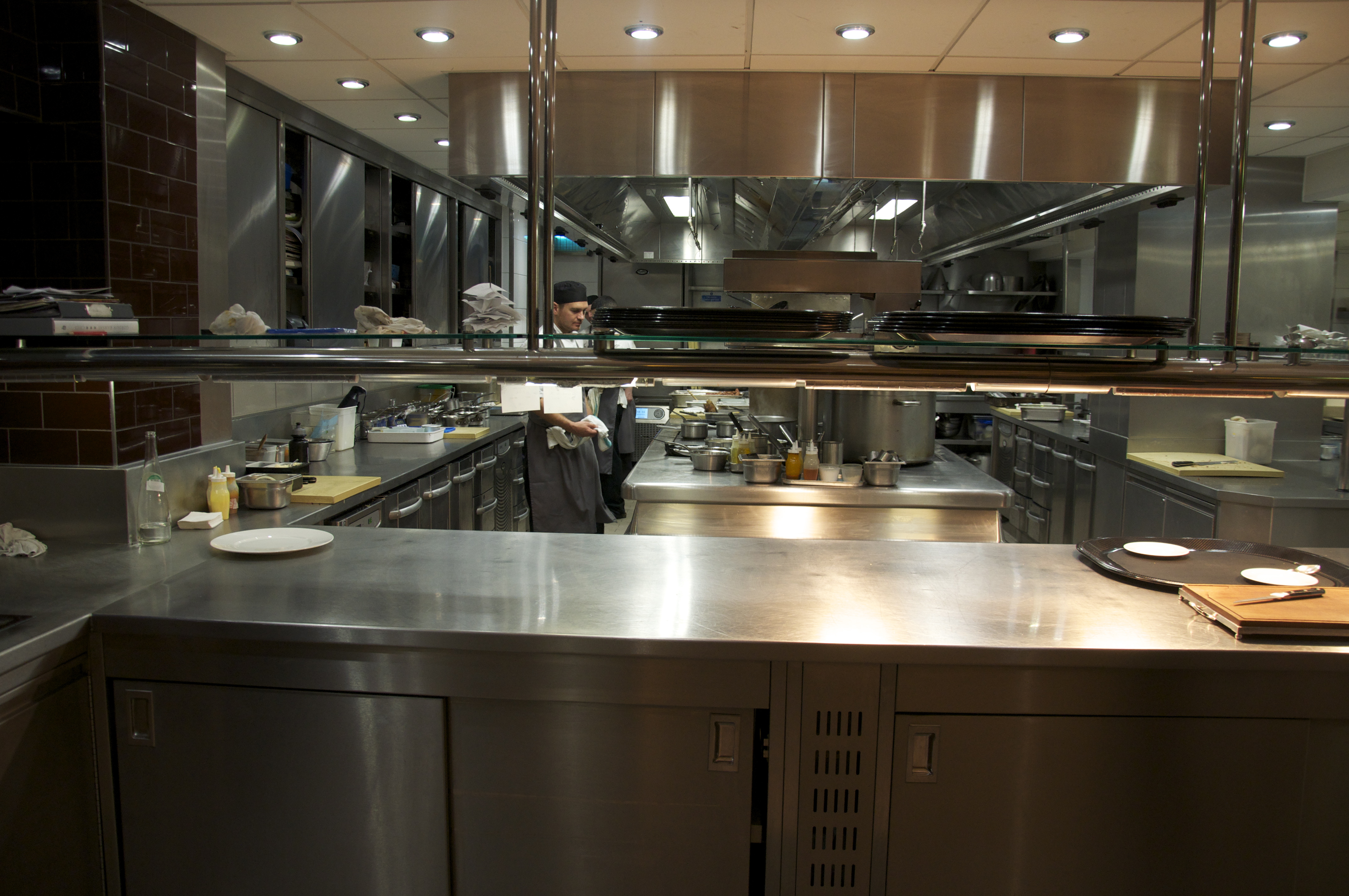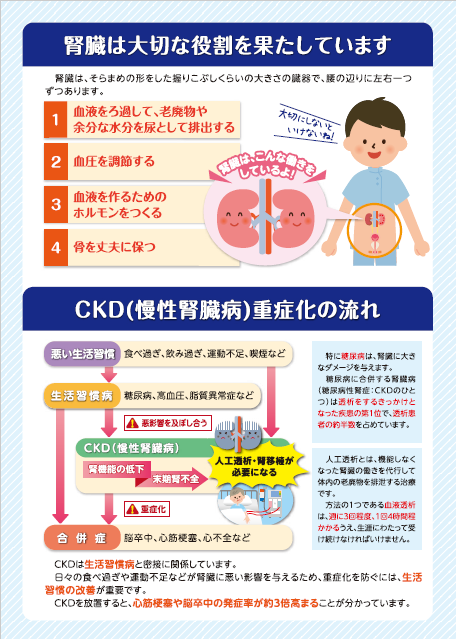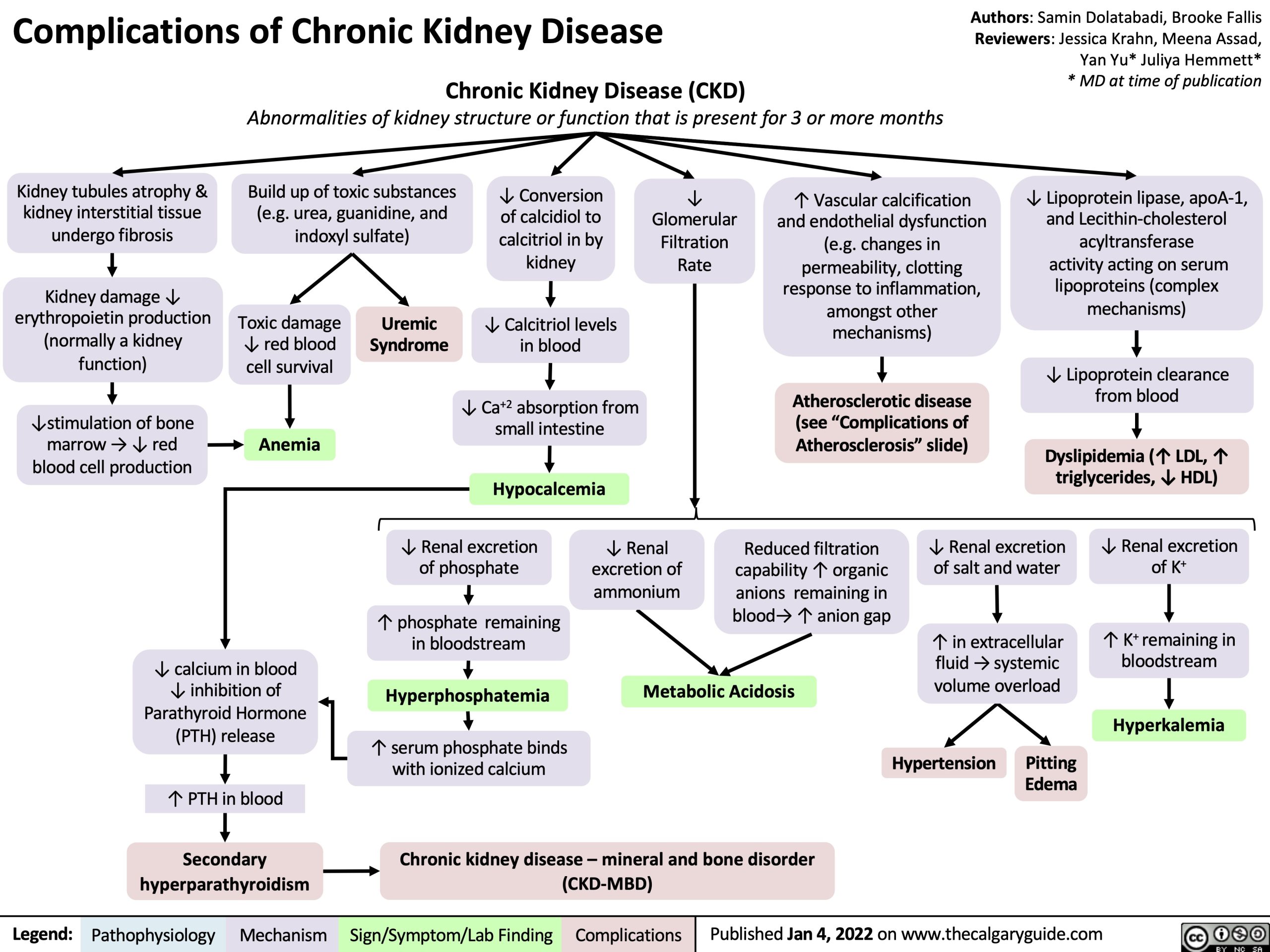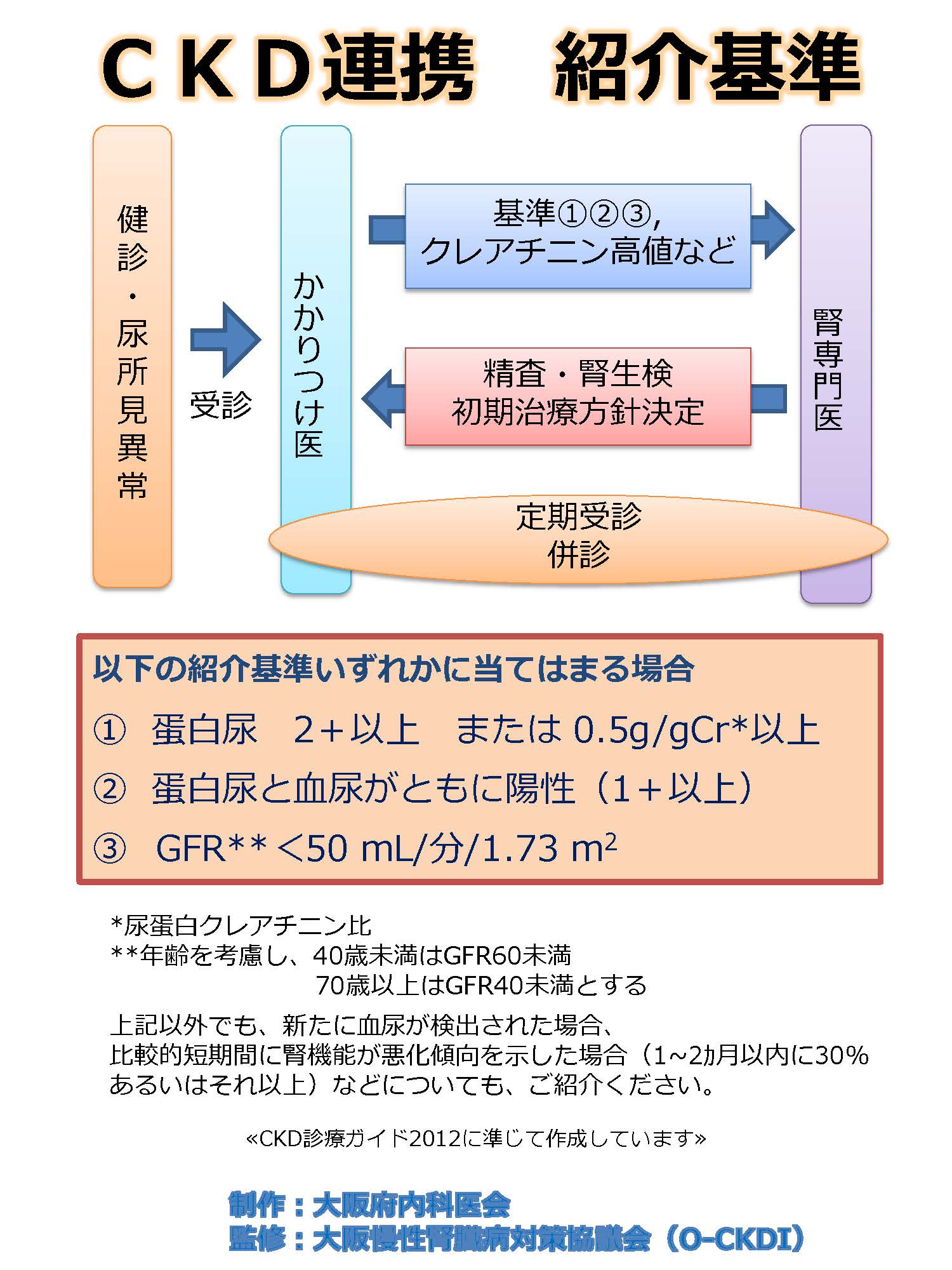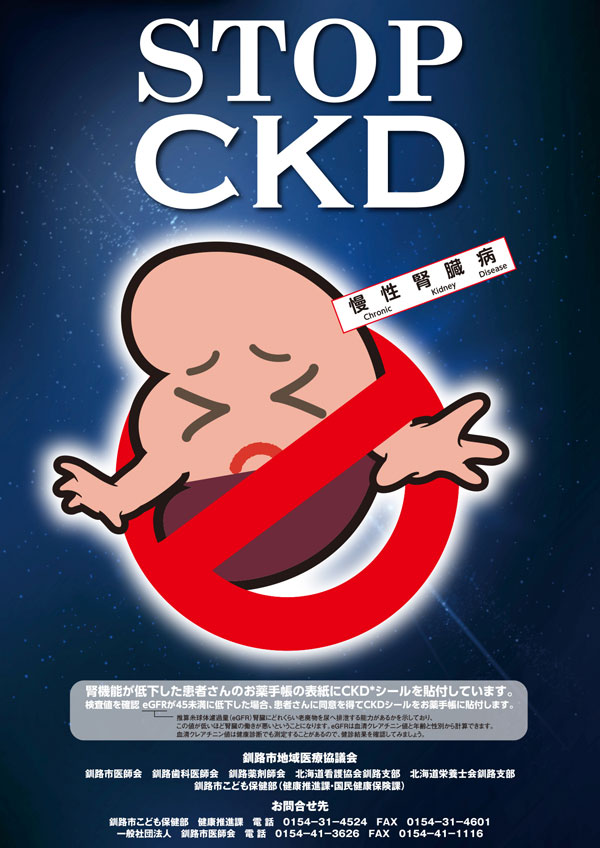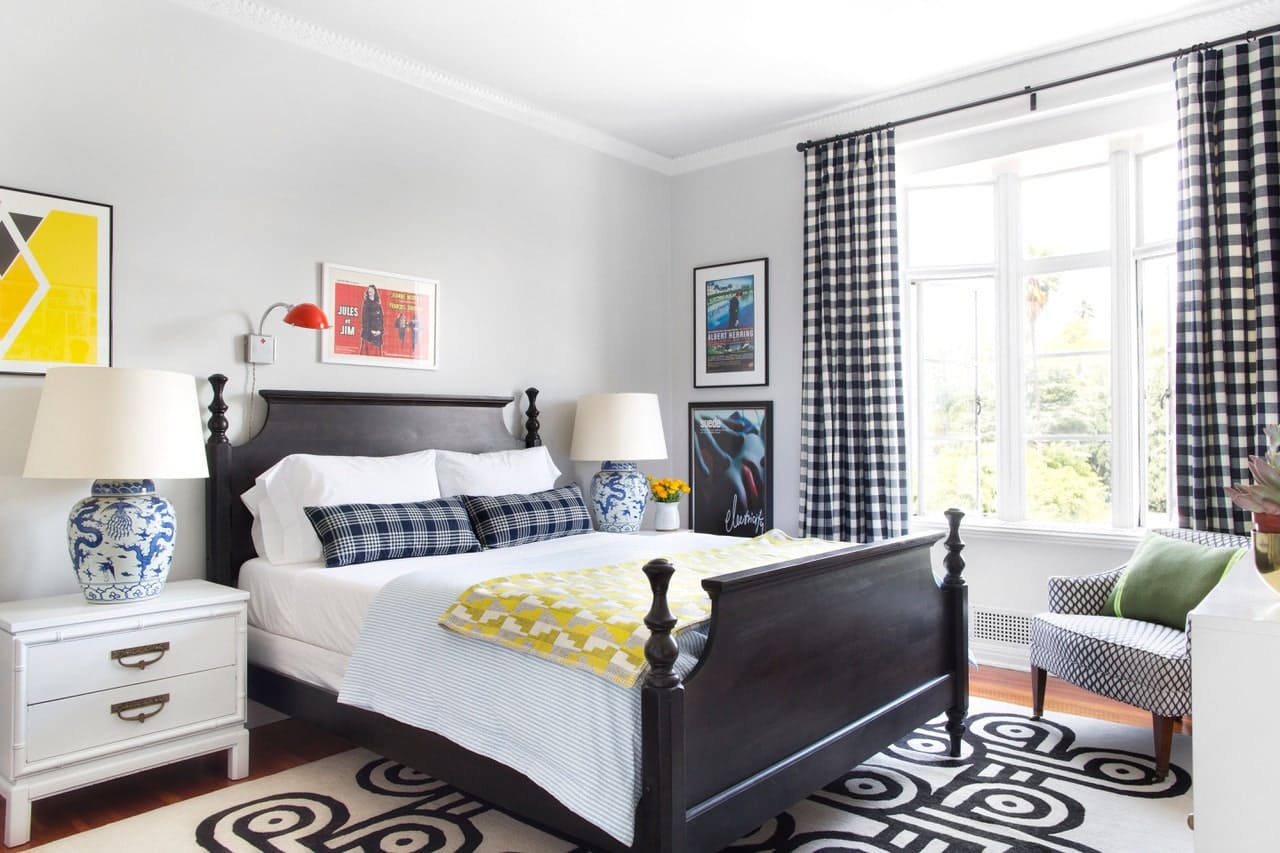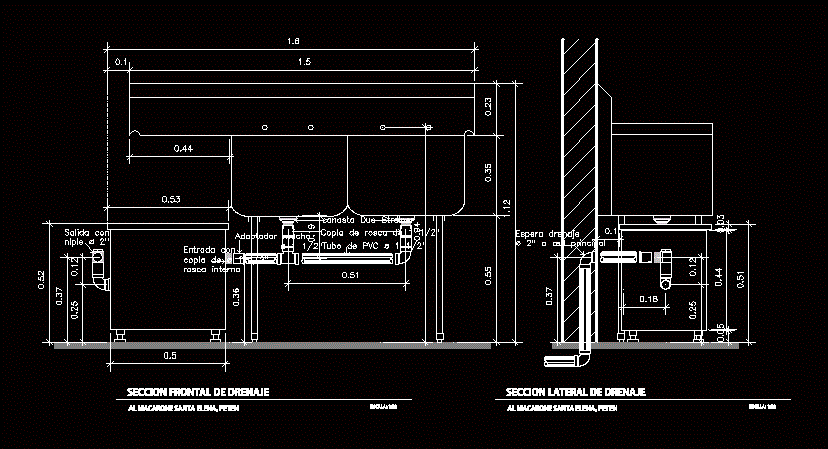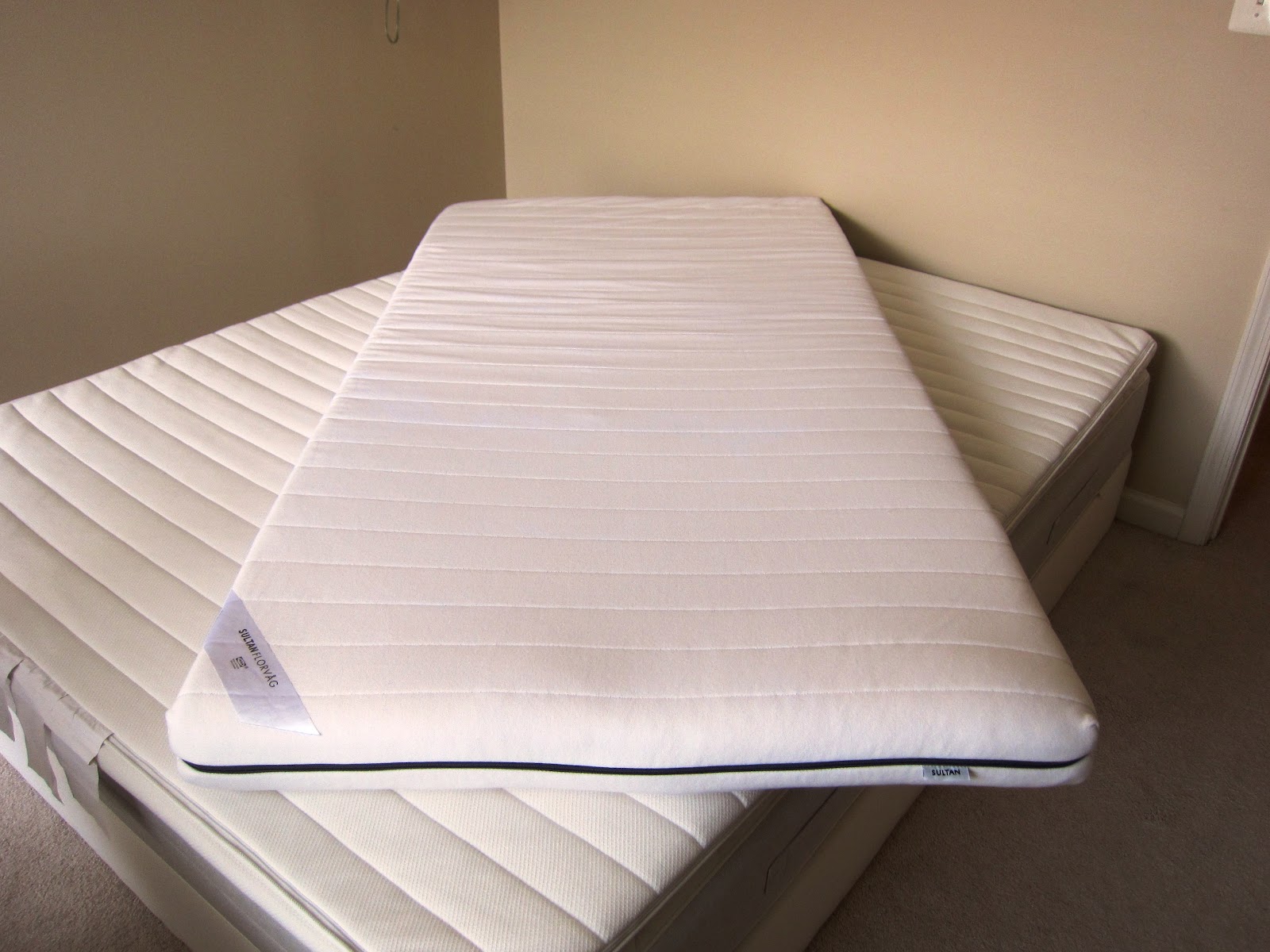Catering kitchen design plays a crucial role in the success of any food business. It not only affects the efficiency and productivity of the kitchen but also impacts the overall dining experience for customers. With the right equipment and layout, a catering kitchen can operate smoothly and produce high-quality food consistently. In this article, we will discuss the top 10 main catering kitchen design equipment that every food business owner should consider.Introduction
The first and most important equipment for a catering kitchen is a commercial refrigeration unit. These units come in various sizes and configurations, including reach-in, walk-in, and undercounter options. It is essential to choose a refrigeration unit that is the right size for your kitchen and can maintain the required temperature for food safety.1. Commercial Refrigeration Units
No catering kitchen is complete without the necessary cooking equipment. This includes stoves, ovens, grills, and fryers. It is important to choose equipment that can handle the volume and types of food you will be preparing. Additionally, consider the energy efficiency and maintenance requirements of the equipment to ensure long-term cost savings.2. Cooking Equipment
Food preparation stations are crucial for a catering kitchen as they provide a designated space for tasks such as chopping, mixing, and assembling food. These stations can include worktables, cutting boards, sinks, and shelving units. It is important to have enough space for multiple chefs to work comfortably and efficiently.3. Food Preparation Stations
Proper sanitation is essential in any kitchen, and a catering kitchen is no exception. Dishwashing equipment such as commercial dishwashers and sinks are necessary to keep dishes, utensils, and cookware clean and sanitized. Consider the volume of dishes you will be washing and choose equipment that can handle the load.4. Dishwashing Equipment
In a catering kitchen, storage space is precious. It is crucial to have enough storage for food, supplies, and equipment to keep the kitchen organized and efficient. This can include shelving units, cabinets, and storage racks. Consider the types of food and supplies you will be storing and choose appropriate storage options.5. Storage Solutions
Adequate ventilation is essential in a catering kitchen to remove excess heat, smoke, and odors. This not only creates a comfortable working environment for chefs but also maintains air quality for the safety of both employees and customers. Make sure to choose a ventilation system that is the right size and meets all necessary safety standards.6. Ventilation Systems
In addition to food, many catering businesses also offer beverages. This can include coffee, tea, and other specialty drinks. Beverage equipment such as coffee makers, espresso machines, and blenders are necessary to provide a variety of drinks to customers. Consider the types of beverages you will be offering and choose appropriate equipment.7. Beverage Equipment
Display cases are essential for showcasing food items such as pastries, desserts, and sandwiches. These cases not only present food attractively but also keep it at the right temperature and protect it from contamination. Choose a display case that is the appropriate size and style for your catering business.8. Display Cases
Smallwares are the essential tools and utensils that are used in a catering kitchen on a daily basis. These can include knives, pots, pans, mixing bowls, and serving utensils. It is important to invest in high-quality and durable smallwares to ensure efficient and safe food preparation.9. Smallwares
Lastly, safety equipment is a crucial consideration in any catering kitchen. This can include fire suppression systems, first aid kits, and safety signs. It is important to have the necessary safety equipment to protect both employees and customers in case of emergencies.10. Safety Equipment
In conclusion, having the right equipment is essential for a successful catering kitchen. The above-mentioned top 10 main catering kitchen design equipment are necessary for efficient and safe food preparation. It is important to carefully consider the needs and requirements of your specific catering business to choose the appropriate equipment. With the right equipment and layout, your catering kitchen will be well-equipped to provide high-quality food and a great dining experience for your customers.Conclusion
Catering Kitchen Design Equipment: A Key Element in the Success of Your Catering Business

Ensuring Efficiency and Quality in Your Kitchen Design
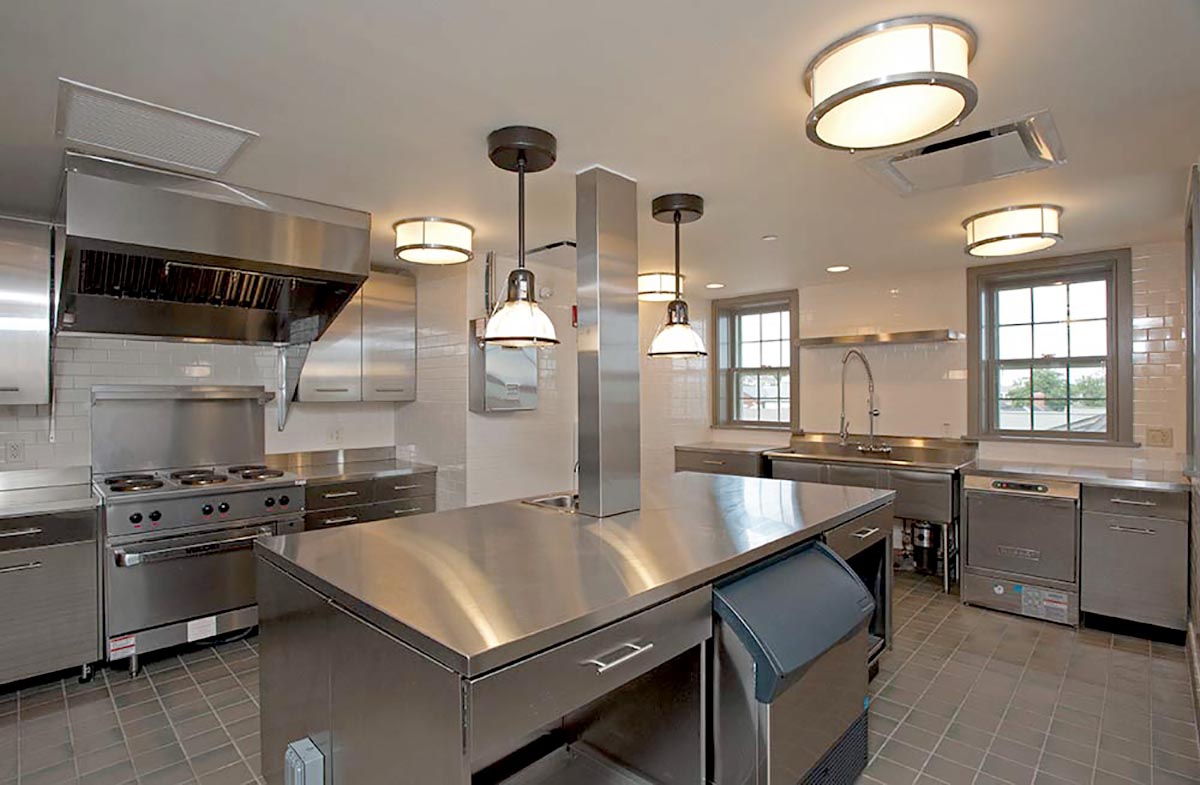 When it comes to running a successful catering business, having a well-designed kitchen is crucial. It is the heart of your operation, where all the magic happens. Not only does it need to be functional and efficient, but it also needs to be aesthetically pleasing to create a positive impression on your clients. This is where catering kitchen design equipment plays a vital role.
Catering kitchen design equipment
is specialized equipment that is specifically designed for the foodservice industry. From cooking and preparation to storage and serving, these tools are essential in ensuring that your kitchen runs smoothly and efficiently. Investing in quality equipment can make a significant impact on the overall success of your catering business.
When it comes to running a successful catering business, having a well-designed kitchen is crucial. It is the heart of your operation, where all the magic happens. Not only does it need to be functional and efficient, but it also needs to be aesthetically pleasing to create a positive impression on your clients. This is where catering kitchen design equipment plays a vital role.
Catering kitchen design equipment
is specialized equipment that is specifically designed for the foodservice industry. From cooking and preparation to storage and serving, these tools are essential in ensuring that your kitchen runs smoothly and efficiently. Investing in quality equipment can make a significant impact on the overall success of your catering business.
The Importance of Quality Equipment in Your Kitchen Design
 One of the main advantages of having quality catering kitchen design equipment is efficiency. With the right tools, your staff can work more efficiently, saving time and effort. This, in turn, can help you take on more orders and increase your revenue. Additionally, quality equipment can also improve the quality of your food. Whether it's through precise cooking temperatures or better storage options, having the right equipment can elevate the taste and presentation of your dishes.
Catering kitchen design equipment
also plays a critical role in food safety. In the foodservice industry, food safety is of utmost importance, and having the right equipment can help you maintain proper hygiene standards. From stainless steel countertops and sinks to commercial refrigerators and freezers, investing in the right equipment can help prevent food contamination and keep your kitchen clean and organized.
One of the main advantages of having quality catering kitchen design equipment is efficiency. With the right tools, your staff can work more efficiently, saving time and effort. This, in turn, can help you take on more orders and increase your revenue. Additionally, quality equipment can also improve the quality of your food. Whether it's through precise cooking temperatures or better storage options, having the right equipment can elevate the taste and presentation of your dishes.
Catering kitchen design equipment
also plays a critical role in food safety. In the foodservice industry, food safety is of utmost importance, and having the right equipment can help you maintain proper hygiene standards. From stainless steel countertops and sinks to commercial refrigerators and freezers, investing in the right equipment can help prevent food contamination and keep your kitchen clean and organized.
Designing Your Kitchen with the Right Equipment
 When designing your catering kitchen, it's essential to consider the type of equipment you will need and how it will fit into your layout. Every catering business is unique, and your kitchen design should reflect your specific needs and workflow. Consider the size and type of equipment that will best suit your menu and the volume of orders you receive. Also, think about the placement of your equipment to ensure a smooth flow of operations.
Catering kitchen design equipment
is an investment that will pay off in the long run. It can improve efficiency, food quality, and safety in your kitchen, ultimately leading to the success of your catering business. Make sure to do your research and invest in high-quality, durable equipment that will stand the test of time. With the right equipment and a well-designed kitchen, you can take your catering business to the next level.
When designing your catering kitchen, it's essential to consider the type of equipment you will need and how it will fit into your layout. Every catering business is unique, and your kitchen design should reflect your specific needs and workflow. Consider the size and type of equipment that will best suit your menu and the volume of orders you receive. Also, think about the placement of your equipment to ensure a smooth flow of operations.
Catering kitchen design equipment
is an investment that will pay off in the long run. It can improve efficiency, food quality, and safety in your kitchen, ultimately leading to the success of your catering business. Make sure to do your research and invest in high-quality, durable equipment that will stand the test of time. With the right equipment and a well-designed kitchen, you can take your catering business to the next level.



